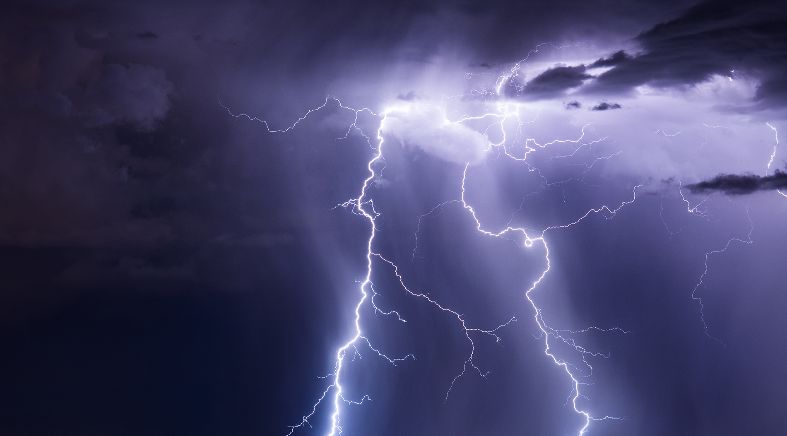Cold fronts affect Florida several times a year and it is usually associated with thunderstorms, rain and wind. These fronts usually move through our state from late fall through mid-spring, bringing cooler, less humid conditions to our state. Most cold fronts fizzle out before making it to Florida during the summer months.
BELOW: Take Nick's Weather Quiz!
Everyone has heard of a cold at some point and it plays a huge role in our weather pattern. A cold front is the leading edge of a colder air mass that is moving south. Cold fronts tend to originate over northern latitudes such as in Canada. Large storm systems push that cold air southward and the leading edge of that cold air is the front.
Cold fronts are notoriously known for its bad weather such as thunderstorms, tornadoes and heavy rain. Many of our severe weather events during the winter months are caused by cold fronts. These fronts can produce tornadoes over Florida during the winter. Winter time tornadoes tend to be stronger than summertime tornadoes.
There is a fundamental reason why severe weather is associated with cold fronts and this has to do with air densities. Cold air is more dense than warm air. That means cold air hovers near the ground and warm air rises. Think about what happens when you let go of the birthday balloon filled with helium. The balloon floats away! This is because helium is less dense than the air around it, so it rises.
Think of warm air as a person holding a million birthday balloons. When a cold front comes through, it forces the person to let go of all the balloons. A cold front does the same thing with a warm air mass. The warm air is forced to rise because it is less dense than the cold air. This causes a surge of rising motion with is known to generate thunderstorms. Sometimes, these storms can be nasty!
Let’s demonstrate how cold fronts work with a fun at home experiment!
Experiment: Make your own cold front
Purpose: To demonstrate how a cold front forces warm air to rise
What you need:
- Clear plastic tub, about the size of a shoe box
- Ice cubes with blue food coloring
- Warm water
- Red food coloring
Procedure:
1. Fill the plastic tub with warm water and add red food coloring to one end of the tub. This is your warm air ahead of the cold front
2. Place the blue ice cubes on the other end of the tub.
Results: You will see the cold water from the cubes sink straight to the bottom of the tub and spread outward, under the warm water. Soon you will see red food coloring on top of the blue food coloring.
Conclusion: The cold water is more dense than warm water and it sinks to the bottom of the tub. When the cold water spreads across the bottom of the tub, the warm water is forced to rise. The rising motion simulates the development of thunderstorms along the cold front. One observation to note is how shallow the cold water layer is compared to the rest of the environment. A cold front works the same way! The cold layer within a cold front is usually pretty shallow. The atmosphere is a fluid too and it works the exact same way!




